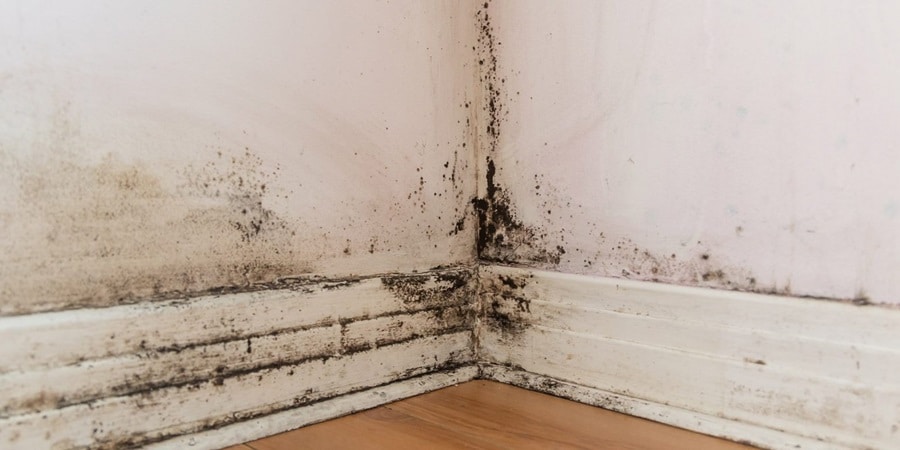Frozen pipes are a significant concern for homeowners, particularly in areas where temperatures drop below freezing. These occurrences are not just inconvenient; they can lead to severe property damage, including water leaks and structural issues. Annually, the costs associated with repairing damage from frozen pipes run into millions, highlighting the need for effective preventative measures. This article aims to provide a comprehensive guide on preventing frozen pipes, offering practical advice and long-term strategies to mitigate risks and potential damages.
Understanding The Risks

Frozen pipes are a common yet preventable problem in many homes. When water inside pipes freezes, it expands, exerting pressure on the pipes, which can lead to cracks or bursts. This issue is most prevalent in pipes exposed to severe cold, such as outdoor hose bibs, swimming pool supply lines, and water sprinkler lines. Even pipes located in unheated interior areas like basements, attics, and garages are at risk. Understanding these risks is crucial for homeowners to take proactive steps in protecting their plumbing systems.
In addition to physical damage to the pipes, a frozen pipe can cause extensive water damage to a home. When a pipe bursts, it can flood rooms, damaging floors, walls, and personal belongings. The aftermath often requires expensive repairs and can lead to secondary issues like mold growth and decreased home value. These risks underscore the importance of not only recognizing the signs of a frozen pipe but also implementing measures to prevent pipes from freezing in the first place.
Identifying Vulnerable Pipes
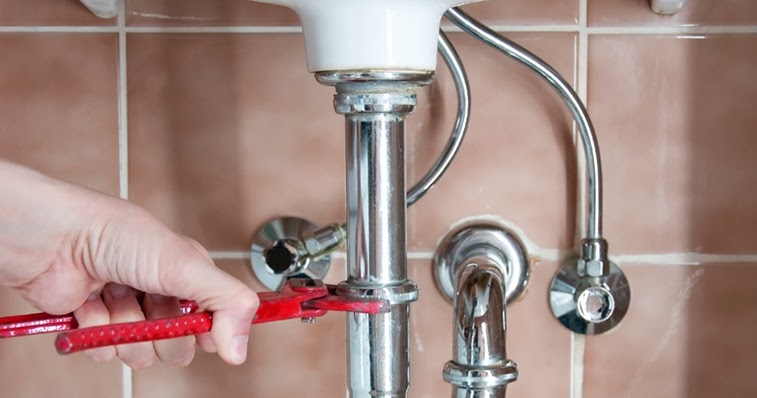
The first step in protecting your home from frozen pipes is to identify which pipes are most vulnerable. Outdoor pipes are the most susceptible to freezing temperatures, especially those that are not buried deep enough underground. Inside the home, pipes running along exterior walls or in unheated spaces like basements, attics, and crawl spaces are at a higher risk. It’s important for homeowners to conduct regular inspections of these areas, especially as temperatures begin to drop, to assess any potential risks.
Regular maintenance checks are essential for early detection of potential problems. During these checks, look for signs of wear and tear, cracks, or leaks, as these can exacerbate the freezing risk. Ensuring that there are no gaps in insulation where cold air can reach the pipes is also vital. Simple actions like keeping cabinet doors open to allow warm air to circulate around pipes can make a significant difference in preventing freezing.
Insulation Techniques
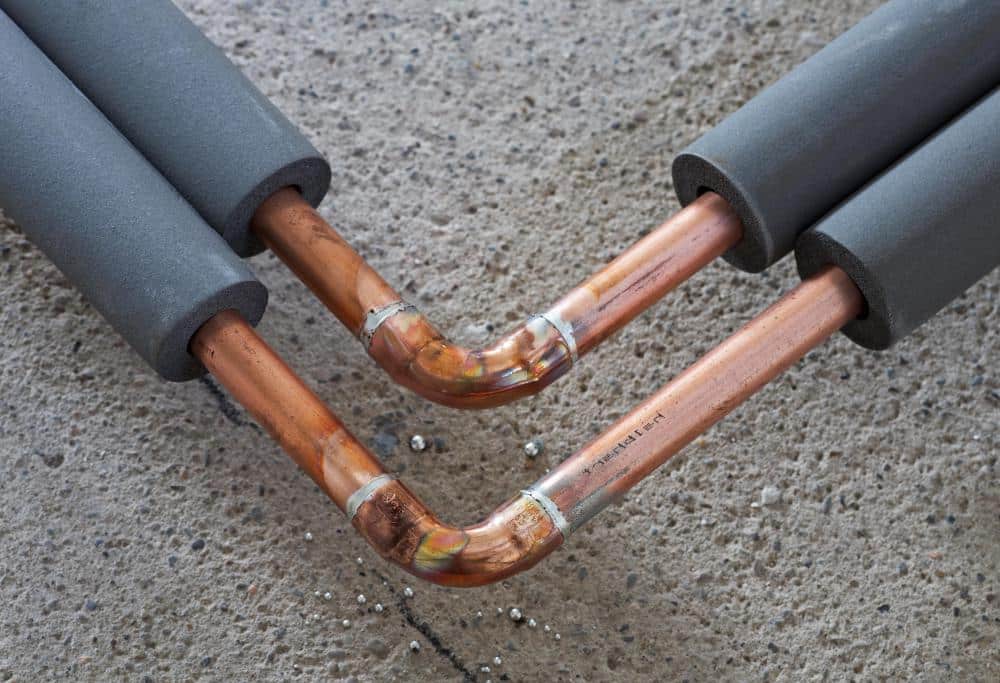
Insulating pipes is one of the most effective ways to prevent them from freezing. There are various insulation methods available, such as foam pipe sleeves, heat tape, or thermostatically controlled heat cables. These materials are designed to keep the pipes warm, thereby reducing the likelihood of freezing. Foam pipe sleeves are a popular choice for their ease of installation and affordability, and they can be found at most hardware stores.
When applying insulation, it’s important to cover the entire length of the pipe, including bends and joints, as these areas are particularly prone to freezing. For areas that experience extremely low temperatures, using heat tape or heat cables can be more effective. These devices provide consistent warmth and can be particularly useful for pipes located in unheated or poorly insulated areas. However, they must be installed carefully, following the manufacturer’s instructions to avoid any fire hazards.
Temperature Management

Maintaining a consistent temperature in your home is another key element to preventing pipes from freezing. It’s advisable to keep the thermostat set to the same temperature during both day and night. While it might increase the heating bill, it can prevent a much more costly repair job if pipes freeze and burst. For homes with multiple thermostats, it’s important to ensure all areas of the house are heated to a consistent temperature, paying special attention to rooms with exposed pipes.
Smart home systems and programmable thermostats can play a crucial role in managing home temperatures efficiently. These systems allow homeowners to maintain a constant temperature in their homes, even when they’re not there. For extended periods away from home, setting the thermostat to a temperature no lower than 55 degrees Fahrenheit can help prevent freezing. Additionally, using smart technology to monitor your home’s temperature remotely can provide an extra layer of protection.
Preparing For Cold Weather
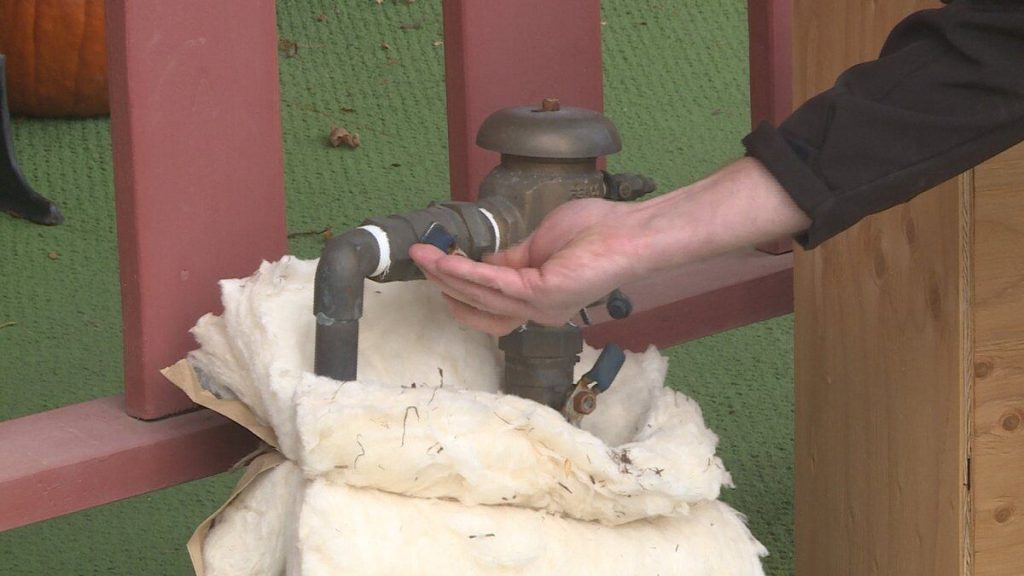
As winter approaches, homeowners should prepare their plumbing for the cold weather. This includes draining water from outdoor hoses and sprinkler systems, as stagnant water in these lines can freeze and cause damage. Inside the house, it’s beneficial to seal any leaks that allow cold air to enter, particularly around doors, windows, and where pipes enter the home. A pre-winter checklist, including these tasks, can be a useful tool to ensure nothing is overlooked.
For those who plan to be away from home for an extended period during winter, extra precautions are necessary. This includes setting the thermostat at a temperature that prevents freezing, asking a neighbor or friend to check on the house periodically, and considering shutting off the main water supply and draining the system. These measures are especially important for vacation homes or other properties that might be unoccupied during the coldest months.
Emergency Measures
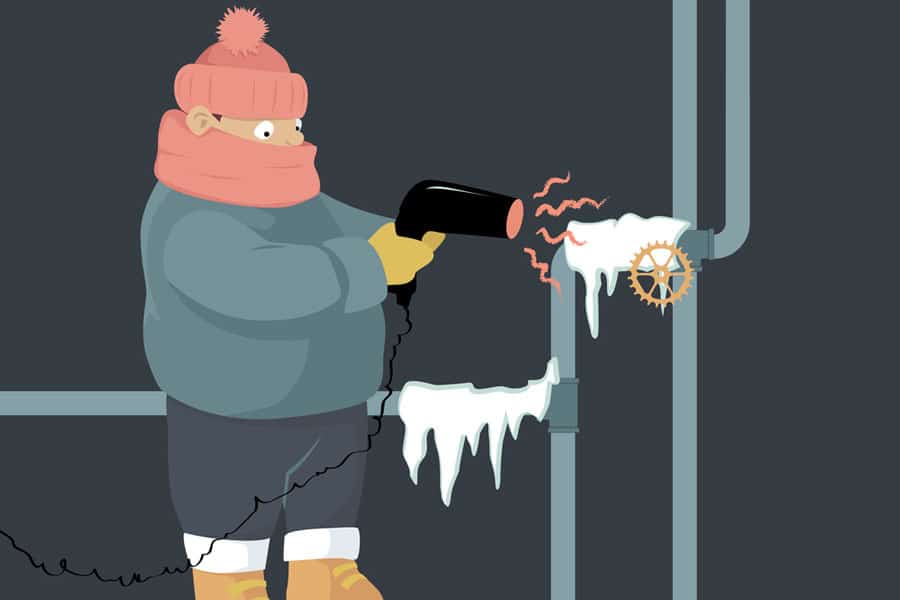
Despite taking preventive steps, pipes can still freeze in extreme conditions. When this happens, it’s important to act quickly. The first step is to open the faucet supplied by the frozen pipe, as this can help relieve pressure and reduce the chance of a burst. Then, gently apply heat to the frozen section of the pipe using a hair dryer, electric heating pad, or towels soaked in hot water. It’s crucial to avoid using open flames, such as a blowtorch, kerosene or propane heater, or charcoal stove, as these can be dangerous.
If you are unable to thaw the pipe, or if the pipe has already burst, it’s important to immediately shut off the water at the main shutoff valve and call a plumber. Knowing the location of the main shutoff valve in advance is crucial in such emergencies. Homeowners should also familiarize themselves with basic plumbing layouts to identify problem areas quickly. Quick action can significantly reduce the damage caused by a burst pipe.
Long-Term Solutions
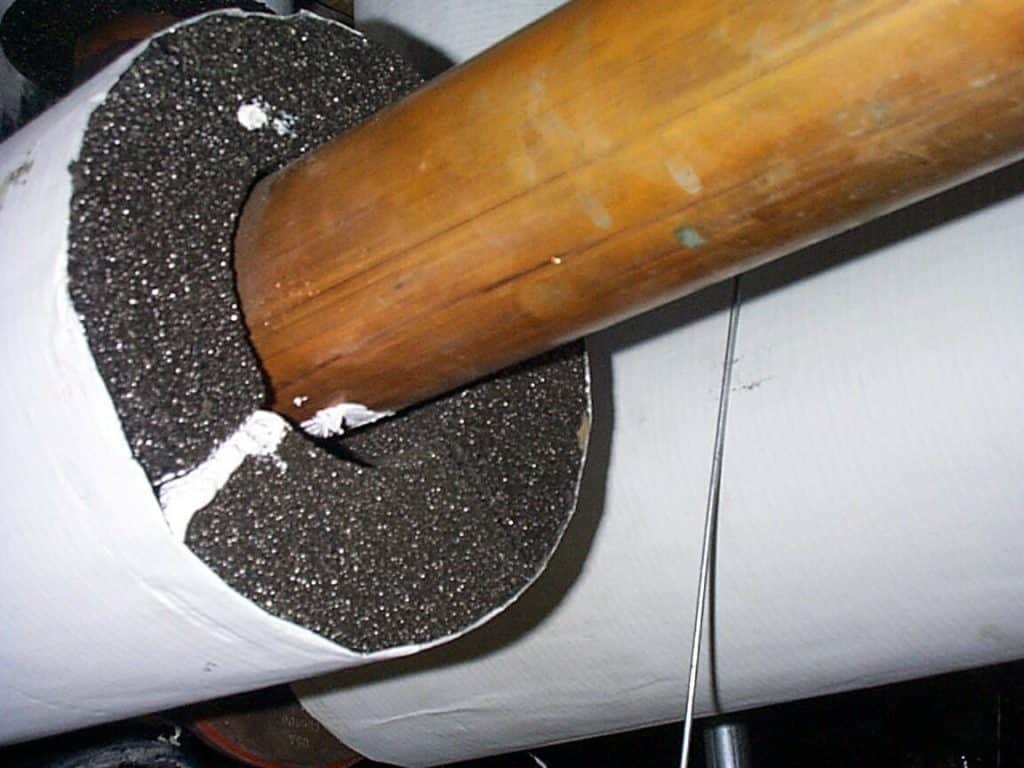
In addition to immediate measures, considering long-term solutions to prevent frozen pipes can save homeowners from recurring issues. One such solution is rerouting pipes to more insulated areas of the house. While this can be a significant investment, it’s often a one-time expense that provides lasting benefits. Alternatively, upgrading plumbing with materials more resistant to freezing, like certain types of plastic or insulated pipes, can also be effective.
Regular professional inspections are another key aspect of long-term prevention. A licensed plumber can identify potential problem areas and suggest specific solutions tailored to your home’s layout and local climate. They can also provide advice on any necessary upgrades or changes to your home’s insulation and heating systems. These inspections, ideally conducted annually before winter sets in, can be instrumental in preventing frozen pipes.
Insurance and Protection

Understanding your homeowners’ insurance policy is critical when dealing with frozen pipes. Many policies cover damage caused by burst pipes, but it’s important to confirm the specifics, including any deductibles and coverage limits. Knowing what your insurance covers can help you make informed decisions about preventative measures and emergency responses.
In the event of damage, documenting the incident thoroughly is essential for insurance claims. This includes taking photos of the damage and keeping records of any repairs and expenses. It’s also advisable to review and update your insurance policy regularly to ensure it provides adequate coverage for such incidents. Staying informed about your policy and maintaining detailed records can ease the process of filing a claim and receiving compensation for damages.
Secure Your Pipes, Secure Your Peace Of Mind
Protecting your home from the costly and inconvenient damages caused by frozen pipes requires proactive and ongoing efforts. By understanding the risks, implementing insulation and temperature management strategies, preparing for cold weather, and knowing how to respond to emergencies, homeowners can significantly reduce the likelihood of pipe freezing. Remember, the key is in taking preventative steps now to avoid major issues later. Stay vigilant, conduct regular inspections, and consult professionals to ensure your home is well-prepared for the winter months ahead.
